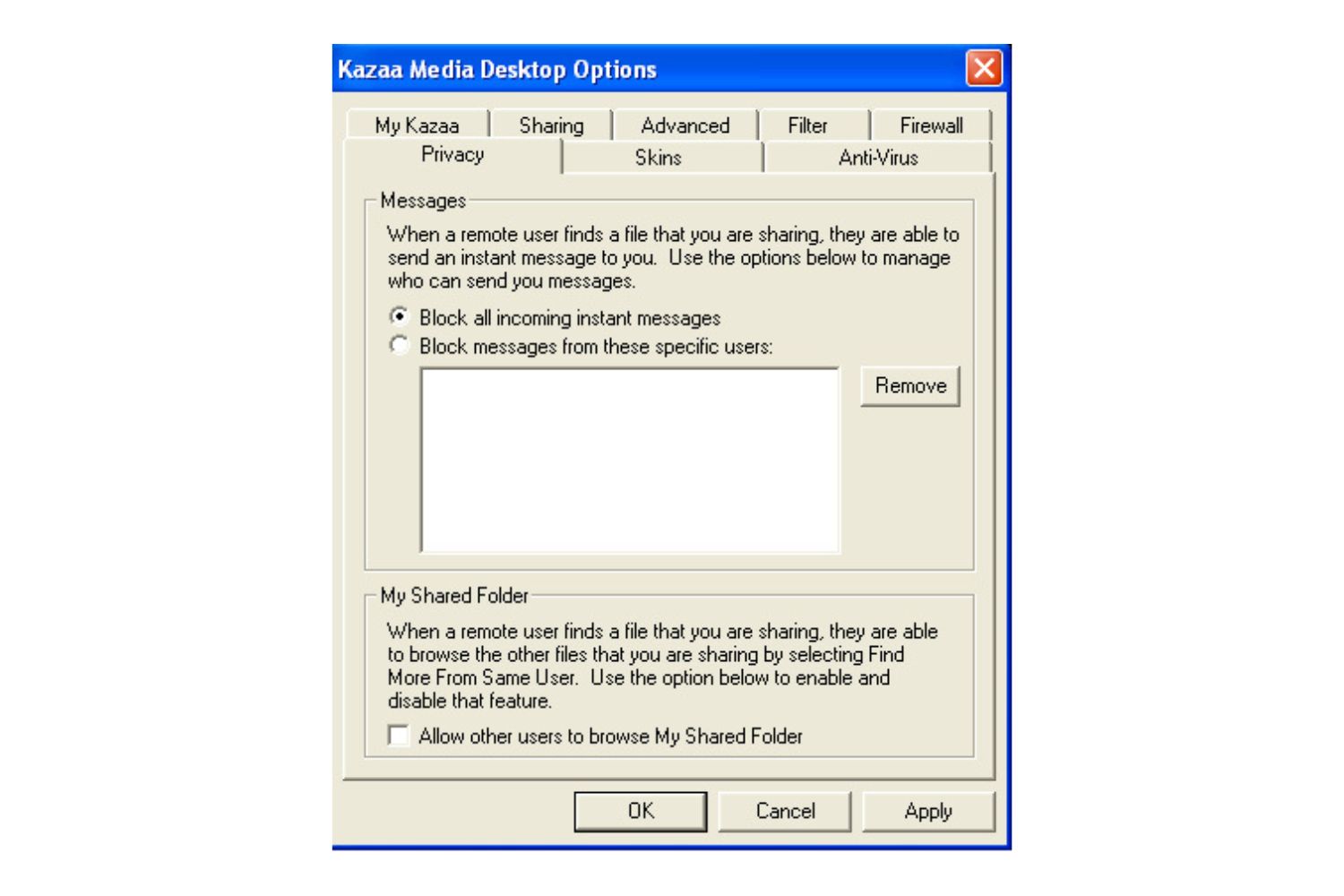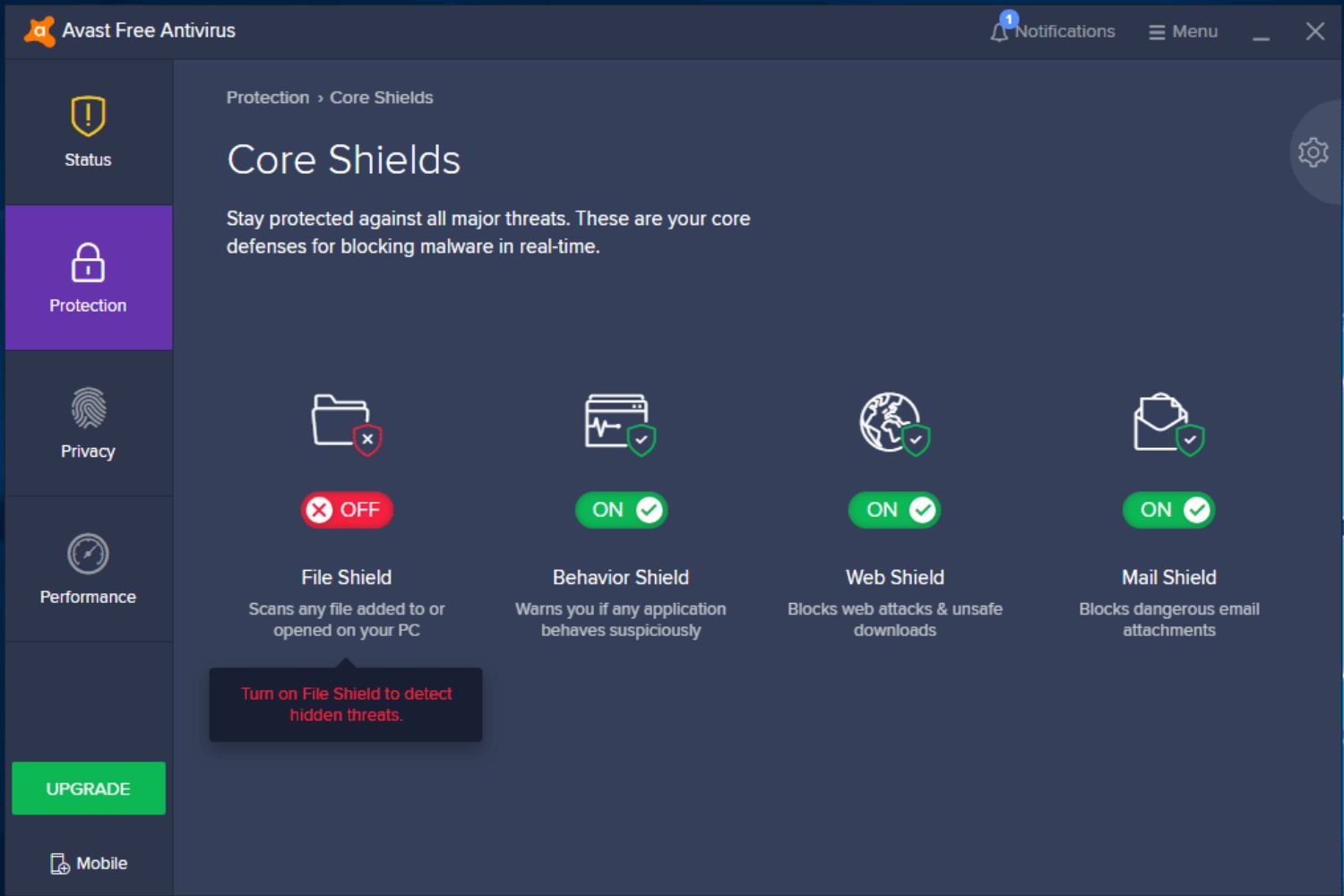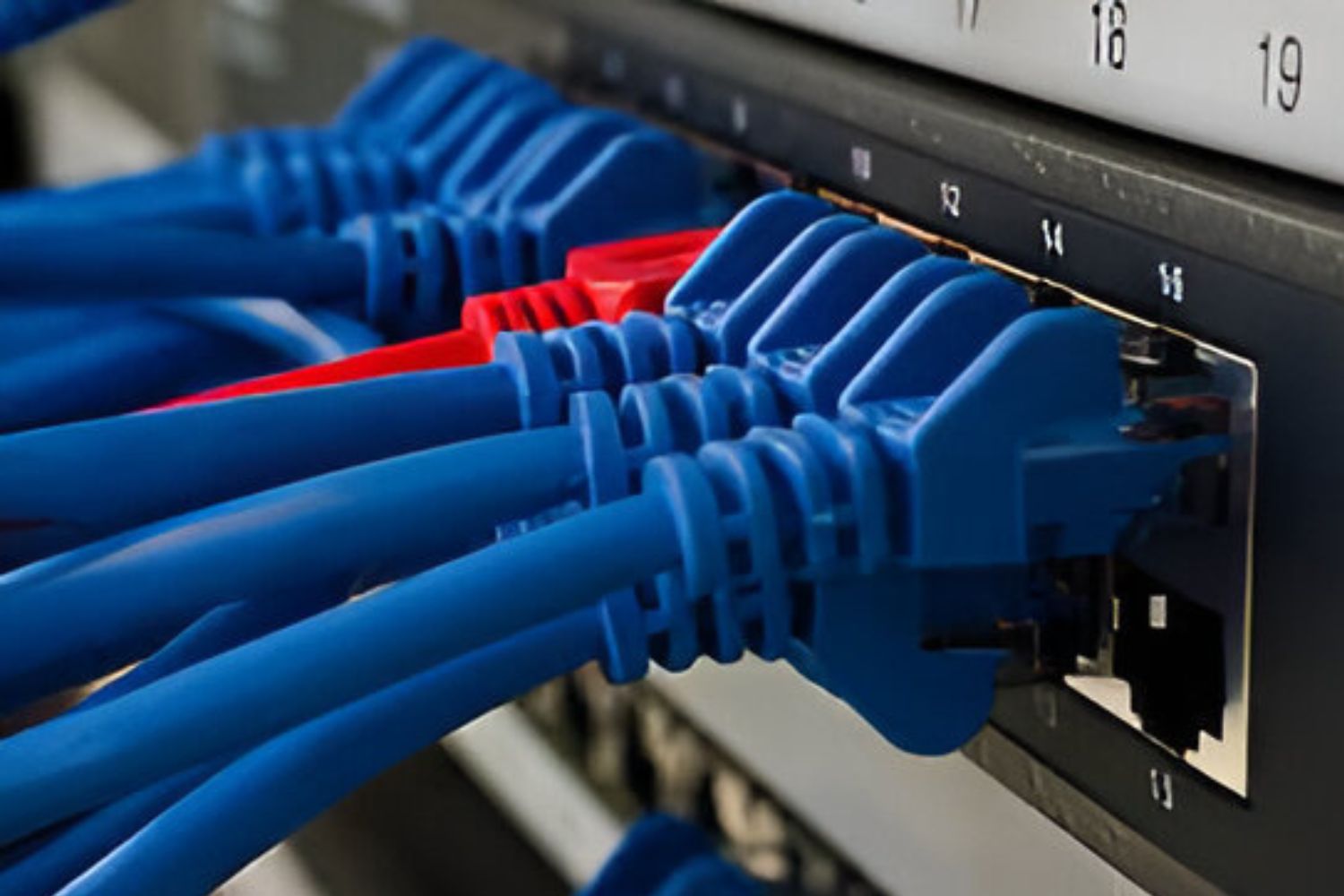Introduction
Technology has transformed the way we share and access files. One method that gained popularity over the years is Peer-to-Peer (P2P) sharing. P2P allows users to directly exchange files with one another, without the need for a central server. While P2P sharing has its benefits, such as fast file transfers and decentralized networks, it also comes with significant risks.
In this article, we will explore the dangers of P2P sharing and why it is important to remove the P2P share files option from your devices. Whether you are using Windows, Mac, or Linux, we will provide step-by-step instructions on how to remove this option.
P2P sharing networks have long been associated with copyright infringement, as they enable the unauthorized sharing of copyrighted material. Many users engage in illegal downloading and sharing, which can lead to severe consequences. It is essential to understand the potential risks and consequences before engaging in any P2P sharing activities.
Additionally, P2P networks can be a hotbed for malware and other cybersecurity threats. Hackers often take advantage of P2P sharing platforms to distribute malicious files disguised as popular movies, music, or software. Once downloaded, these files can infect the user’s device, compromise their privacy, or even cause financial loss.
Furthermore, P2P sharing consumes a significant amount of bandwidth. When you enable the P2P share files option, your device becomes part of a larger network, allowing others to access and download files directly from your computer. This can lead to slower internet speeds, affecting your online activities and overall browsing experience.
To protect yourself from the risks associated with P2P sharing, it is crucial to disable the P2P share files option on your devices. By doing so, you can ensure the security and privacy of your personal data, prevent legal troubles, and optimize your internet bandwidth for your own needs.
What is P2P sharing?
Peer-to-Peer (P2P) sharing is a decentralized method of file sharing that allows users to exchange files directly with each other without relying on a central server. Unlike traditional client-server models, where files are stored on a central server and users download them from there, P2P sharing enables users to connect and share files directly from their devices.
In a P2P network, each user’s device acts as both a client and a server, making it possible for files to be distributed across multiple devices. When a user wants to download a file, they connect to the network and search for the desired content. The P2P software then locates other users who have the requested file and initiates the download directly from them.
One of the key advantages of P2P sharing is its efficiency and speed. Unlike centralized servers that can become overwhelmed by high traffic, P2P networks distribute the load across multiple users, resulting in faster file transfers. Additionally, P2P networks can be highly resilient as they do not rely on a single point of failure, making it difficult for authorities or corporations to shut them down.
P2P sharing gained popularity with the rise of file-sharing platforms such as Napster, BitTorrent, and eDonkey in the early 2000s. These platforms allowed users to share music, movies, software, and other digital content freely. However, due to copyright infringement concerns, many P2P sharing platforms have faced legal action and have been forced to shut down or modify their operations.
While P2P sharing has its legitimate uses, such as distributing open-source software or sharing files within a private network, it has also become synonymous with illegal downloading and copyright infringement. Many users use P2P networks to obtain copyrighted material without proper authorization, which can result in legal consequences.
Overall, P2P sharing has had a significant impact on the way we access and share files. It revolutionized the concept of file sharing by creating decentralized networks, but it also brought about various legal and security challenges. It is important to understand the implications of P2P sharing and make informed decisions when engaging in such activities.
The dangers of P2P sharing
While Peer-to-Peer (P2P) sharing has its benefits, it also comes with significant risks and dangers that users should be aware of. Understanding these dangers is crucial to safeguarding your privacy, security, and legal status while using P2P networks.
One of the primary dangers of P2P sharing is the potential for copyright infringement. P2P networks have long been associated with the unauthorized sharing and downloading of copyrighted material, such as movies, music, and software. Engaging in such activities can result in severe legal consequences, including hefty fines and even imprisonment in some jurisdictions.
In addition to legal risks, P2P sharing exposes users to various cybersecurity threats. Hackers often exploit P2P networks by distributing malware-infected files disguised as popular movies or software. Once downloaded, these malicious files can unleash a wide range of threats, including viruses, ransomware, spyware, and identity theft.
Moreover, the decentralized nature of P2P networks means that users have less control over the files they download. It is challenging to verify the authenticity, integrity, and safety of the files shared through P2P networks. This lack of control increases the risk of downloading corrupted or tampered files that could harm your device or compromise your personal data.
Another danger of P2P sharing is the potential for unwittingly sharing sensitive or private information. When you enable the P2P share files option, other users on the network can access and download files directly from your device. This includes files that may contain personal or confidential information, such as financial records, photos, or sensitive documents. Without proper precautions, you could unintentionally expose your personal data to strangers.
Furthermore, P2P sharing networks can consume a significant amount of your internet bandwidth. When you enable P2P sharing, your device becomes part of a larger network, allowing others to download files directly from you. This can result in slower internet speeds for your own browsing and online activities.
It is essential to recognize these dangers and take appropriate steps to protect yourself while using P2P sharing networks. By understanding the risks, securing your devices with up-to-date antivirus software, and practicing safe file sharing habits, you can mitigate many of these dangers and ensure a safer online experience.
Why you should remove P2P share files option
While Peer-to-Peer (P2P) sharing can be convenient for certain purposes, it is important to consider the potential risks and drawbacks associated with enabling the P2P share files option on your devices. Removing this option can provide several benefits, including enhanced security, protection of personal data, improved internet bandwidth, and peace of mind.
One of the primary reasons to remove the P2P share files option is to protect your security and privacy. When you enable this option, you open up your device to potential security threats and unauthorized access. By disabling P2P sharing, you can minimize the risk of malware infections, data breaches, and other cybersecurity dangers that can result from interacting with unknown or untrusted sources on the network.
Additionally, removing the P2P share files option helps safeguard your personal data. When you enable P2P sharing, other users on the network can potentially access and download files directly from your device. This includes sensitive or private information that you may not want to share with strangers. By disabling P2P sharing, you maintain better control over the files you share and reduce the risk of unintended data exposure.
Another reason to remove P2P sharing is to optimize your internet bandwidth. When the P2P share files option is enabled, your device becomes part of a larger network, allowing others to download files directly from you. This can lead to a significant drain on your internet connection, resulting in slower speeds for your own online activities. By disabling P2P sharing, you can ensure that your internet bandwidth is solely dedicated to your own needs.
Moreover, removing the P2P share files option can provide peace of mind, knowing that you are not contributing to copyright infringement or participating in illegal file sharing activities. By refraining from engaging in P2P sharing, you can minimize the risk of legal consequences, such as lawsuits and penalties associated with copyright violations.
By taking the step to remove the P2P share files option, you are actively protecting yourself, your device, and your online activities. You can enjoy a safer and more secure digital experience, reduce the risk of cybersecurity threats, maintain control over your personal data, and optimize your internet bandwidth. It is important to prioritize your security and privacy by being mindful of the potential risks associated with P2P sharing and taking appropriate measures to mitigate them.
How to remove P2P share files option on Windows
If you’re using a Windows operating system and want to disable the Peer-to-Peer (P2P) share files option, you can follow these step-by-step instructions to ensure your files are not shared with others on the network.
- Open the Settings menu on your Windows computer by clicking on the Start menu and choosing “Settings.”
- In the Settings menu, click on “Update & Security,” and then select “Windows Update” from the left sidebar.
- In the Windows Update settings, click on “Advanced options” located at the bottom of the page.
- Under the Advanced options, you will find “Delivery Optimization.” Click on it to open the settings.
- In the Delivery Optimization settings, you will see an option called “Allow downloads from other PCs.” Toggle the switch to turn it off.
- To ensure that P2P file sharing is completely disabled on your Windows computer, scroll down and click on “Advanced options” under the Delivery Optimization settings.
- Under Advanced options, you will find another option called “Choose how updates are delivered.” Click on it.
- In the Choose how updates are delivered settings, turn off the toggle switch for “Updates from more than one place.”
- Close the Settings menu, and the P2P share files option is now disabled on your Windows computer.
By following these steps, you effectively prevent your Windows computer from participating in P2P sharing, ensuring that your files are not shared with others on the network. This helps protect your privacy, security, and internet bandwidth.
It is important to note that these instructions may vary slightly depending on the version of Windows you are using. However, the general process should remain similar across different versions.
How to remove P2P share files option on Mac
If you’re using a Mac computer and wish to disable the Peer-to-Peer (P2P) share files option, you can follow these step-by-step instructions to ensure your files are not shared with others on the network.
- Click on the Apple menu located at the top-left corner of your screen and select “System Preferences” from the drop-down menu.
- In the System Preferences window, click on “Sharing.” This will open the Sharing settings panel.
- In the Sharing settings panel, you will find a list of services on the left-hand side. Locate and select “Content Caching.”
- Under the Content Caching settings, uncheck the box that says “Enable P2P sharing.”
- Close the System Preferences window, and the P2P share files option is now disabled on your Mac.
By following these steps, you effectively prevent your Mac computer from participating in P2P sharing, ensuring that your files are not shared with others on the network. This helps protect your privacy, security, and internet bandwidth.
It is important to note that these instructions may vary slightly depending on the version of macOS you are using. However, the general process should remain similar across different versions.
How to remove P2P share files option on Linux
If you’re using a Linux distribution and want to disable the Peer-to-Peer (P2P) share files option, you can follow these step-by-step instructions to ensure your files are not shared with others on the network.
-
Open a terminal window on your Linux computer. You can usually do this by searching for “Terminal” in the applications menu or by pressing
Ctrl+Alt+Ton your keyboard. -
In the terminal, use the appropriate package management command for your distribution to install the necessary software. For example, if you’re using Ubuntu or Debian-based distributions, you can use the command
sudo apt-get install transmission. If you’re using Fedora or CentOS, you can use the commandsudo dnf install transmissionorsudo yum install transmission. - Once the installation is complete, launch the Transmission BitTorrent client. You can usually find it in the applications menu or by searching for “Transmission.”
- In the Transmission client, click on “Edit” in the menu bar and select “Preferences” from the drop-down menu.
- In the Preferences window, click on the “Peers” tab.
- Under the Peers settings, you will find an option called “Enable Peer Exchange.” Uncheck the box next to it to disable P2P sharing.
- Close the Preferences window, and the P2P share files option is now disabled in the Transmission client on your Linux computer.
By following these steps, you effectively prevent your Linux computer from participating in P2P sharing through the Transmission BitTorrent client, ensuring that your files are not shared with others on the network. This helps protect your privacy, security, and internet bandwidth.
It is important to note that the steps mentioned above are specific to the Transmission BitTorrent client. If you’re using a different P2P application on Linux, the steps to disable the P2P share files option may differ. However, most P2P applications should have similar settings available to disable sharing.
Conclusion
Peer-to-Peer (P2P) sharing can be a convenient way to exchange files directly with other users. However, it also poses significant risks to your privacy, security, and legal standing. By understanding the dangers associated with P2P sharing and taking the necessary steps to remove the P2P share files option, you can protect yourself and your devices.
Enabling P2P sharing can expose you to potential copyright infringement, cybersecurity threats, and unintended sharing of sensitive information. It can also consume your internet bandwidth, affecting your browsing experience. By disabling P2P sharing, you reduce these risks and regain control over your file sharing activities.
On Windows, you can disable P2P sharing by adjusting the settings in the Windows Update menu. On Macs, you can turn off the P2P share files option through the System Preferences settings panel. In Linux, the steps may vary depending on the P2P application you are using, but most applications should have options to disable sharing.
Removing the P2P share files option is a proactive measure to protect your security, privacy, and legal standing. It allows you to have better control over the files you share, reduces the risk of malware infections and data breaches, and ensures that your internet bandwidth is dedicated to your own needs.
In conclusion, taking the time to understand the dangers of P2P sharing and removing the P2P share files option on your devices is essential to safeguard your digital life. By prioritizing security, privacy, and responsible file sharing practices, you can enjoy a safer and more secure online experience.

























